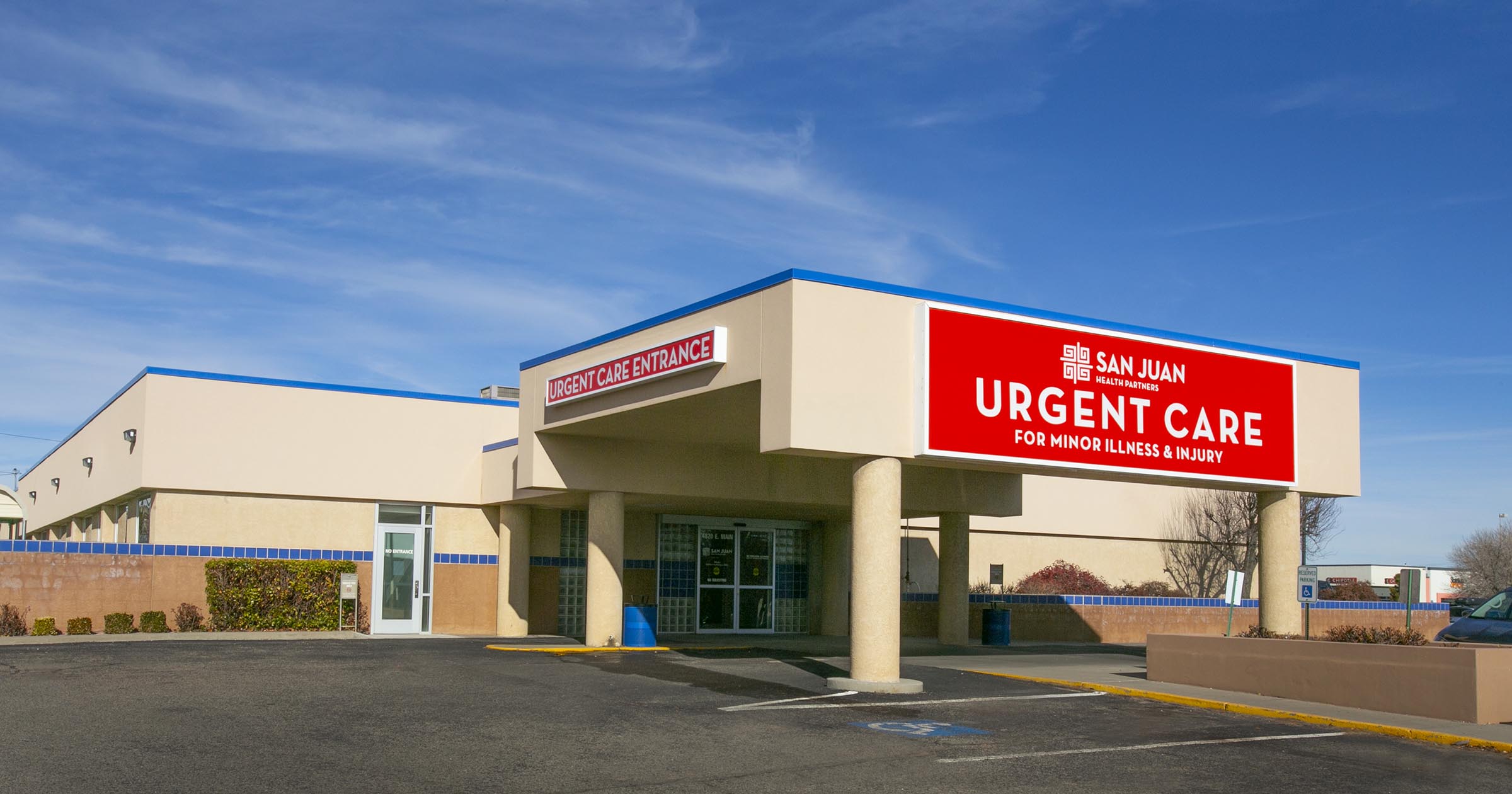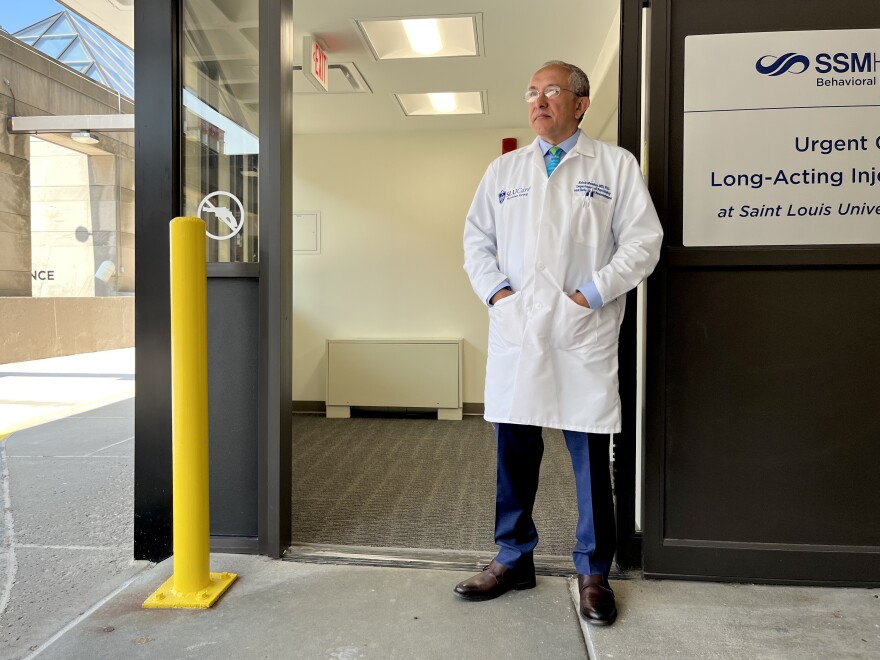Specialist Guidance on Navigating Clinic Options for Urgent Care
Specialist Guidance on Navigating Clinic Options for Urgent Care
Blog Article
Comprehending the Role of Urgent Care in Providing Timely Treatment for Non-Life-Threatening Problems
Immediate treatment facilities have emerged as a vital element of the healthcare landscape, dealing with the prompt requirements of clients with non-life-threatening conditions. Recognizing the subtleties of immediate treatment might significantly affect patient results and the total efficiency of healthcare delivery.
What Is Urgent Care?
Urgent treatment describes a group of medical solutions created to deal with non-life-threatening problems that call for instant attention. These centers work as an intermediary in between health care medical professionals and emergency situation rooms, providing a hassle-free option for people that need prompt treatment without the comprehensive waiting times typically related to emergency departments.
Immediate care facilities are generally staffed by medical professionals, including doctors, registered nurse professionals, and doctor aides, that are educated to identify and treat a large variety of conditions. Common services supplied by these facilities include treatment for minor injuries, illnesses, and infections, along with diagnostic tests such as X-rays and lab job.
The access of immediate treatment is a key element in its appeal, as many centers operate past normal workplace hours, including nights and weekend breaks. When their main care copyright might not be accessible, this prolonged accessibility allows clients to obtain prompt care. In addition, urgent care centers often accept walk-in people, removing the need for appointments. In general, urgent care plays a vital duty in the healthcare system, making certain individuals can access necessary medical solutions promptly and effectively.

When to seek care at an urgent care center instead of a key treatment medical professional or an emergency room,Numerous individuals might find themselves unsure concerning. Urgent treatment is made to attend to non-life-threatening problems that call for timely attention but are not serious adequate to warrant an emergency clinic go to.
Normally, one need to think about urgent take care of issues such as minor fractures, sprains, cuts calling for stitches, or infections like urinary system system infections. In addition, cool or influenza signs, rashes, and allergies can also be properly managed in this setting.
It is necessary to note that urgent treatment is not ideal for dangerous emergencies, such as breast discomfort, trouble breathing, or serious blood loss, which require instant emergency area intervention.
Individuals that do not have accessibility to a medical care physician or can not protect a prompt appointment may also gain from urgent treatment services. Ultimately, comprehending when to make use of urgent treatment can bring about much more efficient medical care delivery, allowing clients to get the suitable degree of treatment based upon their particular health demands.
Advantages of Urgent Care Centers
Choosing immediate care centers for non-life-threatening problems offers numerous benefits that improve client experience and availability. One primary advantage is the reduced wait times compared to typical emergency clinic. Urgent treatment facilities generally operate a first-come, first-served basis, allowing individuals to receive timely medical focus without the long hold-ups commonly connected with hospital setups.
Additionally, immediate care centers give extensive hours, including weekends and nights, accommodating people with differing timetables. This adaptability ensures that individuals can seek treatment when it is most convenient for them, further promoting prompt intervention.

In addition, these facilities frequently provide a detailed variety of solutions, including minor treatments and diagnostic tests, all under one roofing. This loan consolidation of services not just simplifies the individual experience yet additionally fosters an extra natural technique to taking care of non-life-threatening health problems, eventually benefiting general find this individual results.
Typical Problems Treated
At urgent care facilities, a range of non-life-threatening problems can be efficiently dealt with, providing clients with prompt and accessible medical assistance. These centers are particularly skilled at addressing concerns that require timely focus however do not posture an immediate risk to life or limb.
Usual problems treated at urgent treatment facilities include small injuries such as cracks, pressures, and strains. Urgent treatment facilities are outfitted to perform required diagnostic tests, such as X-rays and lab tests, allowing them to supply extensive care.
In addition, urgent treatment carriers can carry out vaccinations, aiding to avoid the spread of contagious conditions - Urgent Care. visit our website They additionally supply solutions for minor procedures, such as suturing injuries or draining pipes abscesses. By using these diverse solutions, immediate care centers play an important role in connecting the space in between health care and emergency services, making certain individuals receive prompt therapy for a vast array of conditions without the need for long wait times typically connected with emergency rooms
Exactly How Urgent Treatment Sustains Healthcare System
Urgent treatment facilities play a crucial duty in sustaining the overall healthcare system by alleviating the concern on emergency situation departments and giving timely accessibility to healthcare for non-life-threatening conditions. By managing situations such as minor injuries, infections, and ailments, urgent care facilities permit emergency divisions to concentrate on more critical patients requiring prompt interest.
Additionally, immediate treatment facilities improve medical care ease of access, offering extended hours and an easier option to traditional primary care setups. This accessibility is particularly useful for individuals who may not have a normal physician or who call for prompt treatment outside of normal office hours. Consequently, immediate care facilities efficiently decrease wait times and enhance patient contentment.
Additionally, urgent treatment centers add to set you back financial savings for both people and the medical care system by supplying lower-cost solutions contrasted to emergency situation departments. This economic performance is vital in a period of rising medical care costs, allowing clients to get needed care without incurring expensive expenditures.
Final Thought
Finally, urgent treatment facilities play a crucial function in the health care system by delivering punctual treatment for non-life-threatening problems. By bridging the void in between health care and emergency clinic, these centers ensure that individuals get timely additional reading medical focus without the extensive wait times typically connected with emergency situation departments. The ease of access and performance of immediate care centers add substantially to alleviating the total concern on medical care sources, improving individual outcomes, and promoting a much more effective medical care shipment system.
Immediate care facilities have actually emerged as a crucial component of the health care landscape, resolving the immediate requirements of individuals with non-life-threatening problems. Urgent care visits generally sustain lower out-of-pocket costs compared to emergency situation department gos to, making treatment more budget friendly for clients without compromising quality. Immediate treatment centers are outfitted to carry out needed analysis tests, such as X-rays and lab tests, allowing them to provide comprehensive treatment.
By supplying these varied solutions, immediate care facilities play a crucial function in bridging the void between key care and emergency situation solutions, ensuring individuals receive timely therapy for a large range of conditions without the requirement for lengthy delay times usually connected with emergency rooms.
Moreover, urgent care centers enhance healthcare availability, using prolonged hours and a more hassle-free choice to typical primary care settings.
Report this page